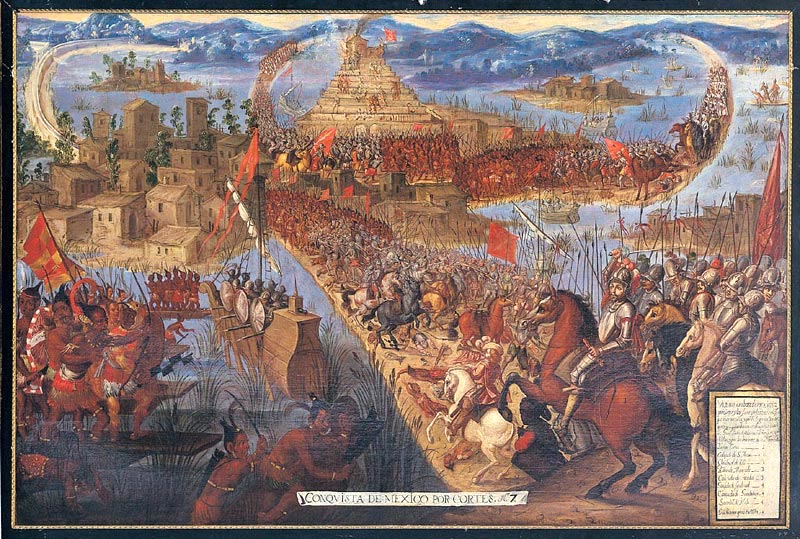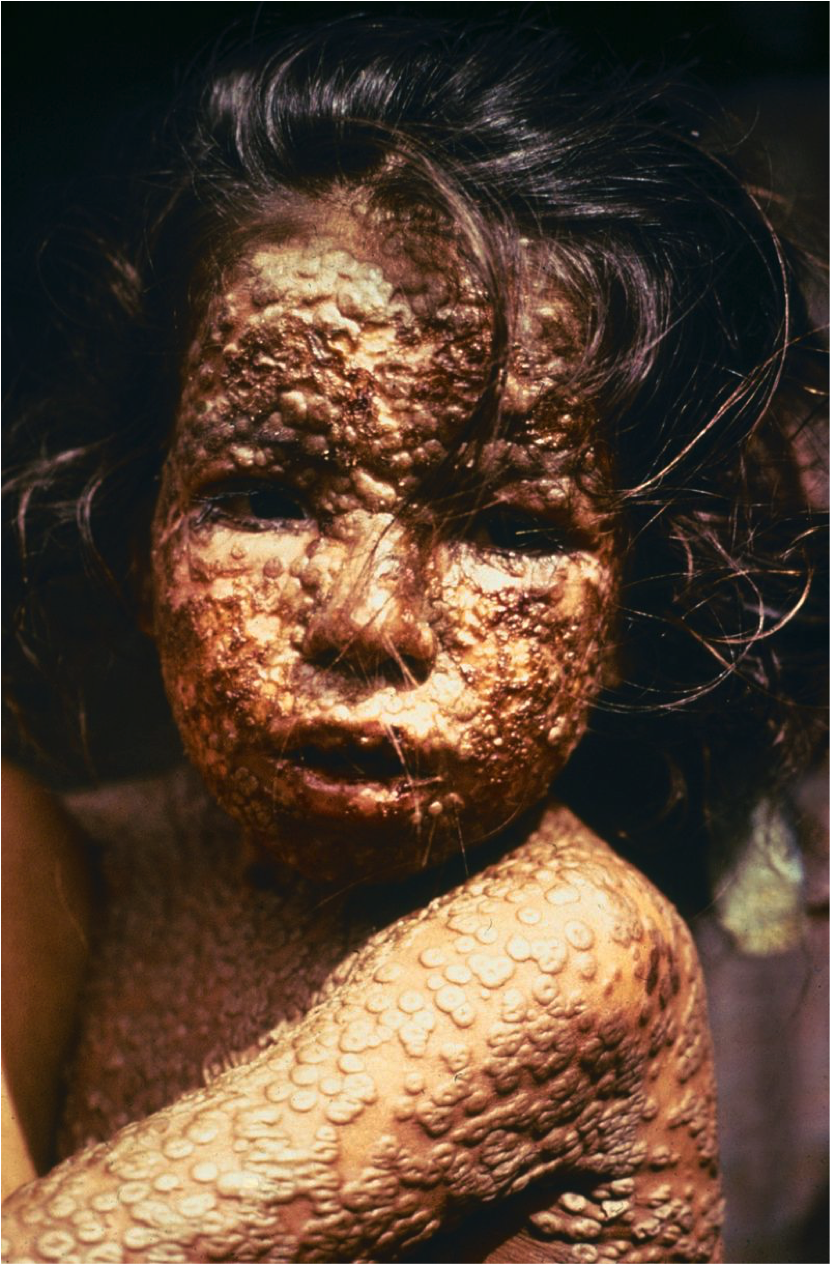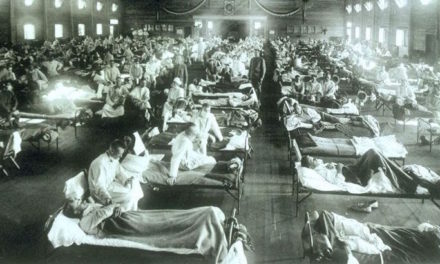In 1517 the Spanish conquistadors, led by Hernán Cortés, arrived in Tenochtitlan, the capital of the Aztec Empire. The ruler of the Aztecs, Motecuhzoma II, made the Spanish welcome and things were friendly between the Spanish and the Aztecs initially.
Two years later the conquistadors began their conquest of Mexico, and by August 1521 Tenochtitlan had been destroyed. The Spanish colony of New Spain was established and the Aztec Empire had ended. The reasons for this rapid and dramatic destruction of such a mighty Empire were multi-factorial. The superior weaponry and more sophisticated military tactics of the Spanish, the religious beliefs of the Aztecs, and the long history of ritual sacrifice and persecution of the other peoples living in Mexico all played essential roles. There are a large number of detailed resources available on this subject, and I highly recommend the History on Fire podcast series by Daniele Bolleli if you are interested in the topic.
In addition to these factors, smallpox undoubtedly played a huge part in the fall of the Aztec Empire. When Cortés and his army began their campaign against the Aztecs in 1519, over 30 million people were living in Mexico. One hundred years later, after a series of smallpox epidemics had decimated the local population, it is estimated only around 1.5-3 million natives had survived.

The Conquest of Tenochtitlán (17th-century painting by unknown artist)
The arrival of smallpox in the New World
Smallpox arrived in the New World on a ship that landed on Hispaniola, an island that is now divided between two sovereign nations, the Dominican Republic and Haiti. The Taíno people that resided on Hispaniola had no immunity to smallpox and were rapidly devastated by the disease.
Smallpox is a horrific and highly contagious illness that initially causes high fevers, vomiting, headache, and severe abdominal and back pain. These symptoms subside after a couple of days, and then a few days later the renowned rash appears. The smallpox rash starts on the face and hands and then rapidly spreads to cover the body. Within two days of appearance, the rash turns into abscesses that are filled with fluid and pus. These abscesses then break open and scab over, the scabs eventually falling off, leaving pit mark scars. This whole, horrible process, takes a month or so, and the infected person is contagious until the scabs have all fallen off. The major form of the disease has a mortality rate of 30-35% and has several serious complications including scarring, blindness, and limb deformities.

A child infected with smallpox in Bangladesh, 1973
Smallpox reaches Tenochtitlan
It took almost two years for smallpox to spread to the mainland and reach Tenochtitlan. Smallpox is thought to have travelled to Mexico via Cuba, carried by a slave called Francisco Eguia on a ship carrying a second Spanish army, led by Pánfilo de Narváez, which had been instructed to capture Cortes and bring him back to Spain. Within four months of Eguia arriving in Cuba, smallpox had spread to Tenochtitlan.
A native account describes of the effects of smallpox upon the people of Tenochtitlan:
“It began to spread…striking everywhere in the city and killing a vast number of our people. Sores erupted on our faces, our breasts, our bellies; we were covered with agonizing sores from head to foot. The illness was so dreadful that no one could could walk or move. The sick were so utterly helpless that they could only lie on their beds like corpses, unable to move their limbs or even their heads. They could not lie face down or roll from one side to the other. If they did move their bodies, they screamed with pain. A great many died from this plague, and many others died of hunger. They could not get up to search for food, and everyone else was too sick to care for them, so they starved to death in their beds.”
By 1520 Tenochtitlan was under siege by Cortés and the people were both starving and dying from smallpox. Bernal Diaz, Cortés’ chronicler, described the scenes in the city:
“We could not walk without treading on the bodies and heads of dead Indians. I have read about the destruction of Jerusalem, but I do not think the mortality was greater there than here in Mexico. Indeed, the stench was so bad that no one could endure it…and even Cortés was ill from the odours which assailed his nostrils.”
By August 1521 the Aztec Empire had fallen to the Spanish, and the conquest of Mexico was complete.

A 16th-century Aztec illustration of smallpox victims
The devastating effects of smallpox in the New World
It has been estimated that the population of Mexico fell from over 30 million people before the arrival of Cortés, to a mere 1.5-3 million by 1568. The destructive effects of the disease did not end there, and the disease also ravaged the great Incan Empire.
Although the exact numbers will never be known for certain it is estimated that smallpox killed between 40 and 50 million of the native population of the New World. Some estimates are even higher and state that as many as 90% of the population died.
What is known for sure is that the conquest of Mexico was hugely influenced by the arrival of this deadly disease and that the defeat of the people of Mexico was significantly contributed to by the smallpox virus.






very good
Excellent article, thanks.
The English Sweats of 1485 on, with five waves over 66 years, had the same first set of symptoms, but not the awful disfiguring sores. So, were people getting one virus, worse than Covid-19, or two in sequence?
Peter Spencer Ravenscroft, social anthropologist, Australia. p.s.ravenscroft@gmail.com
This was very helpful for my research task for my schooling. I got an A because of this. Thank you so much.